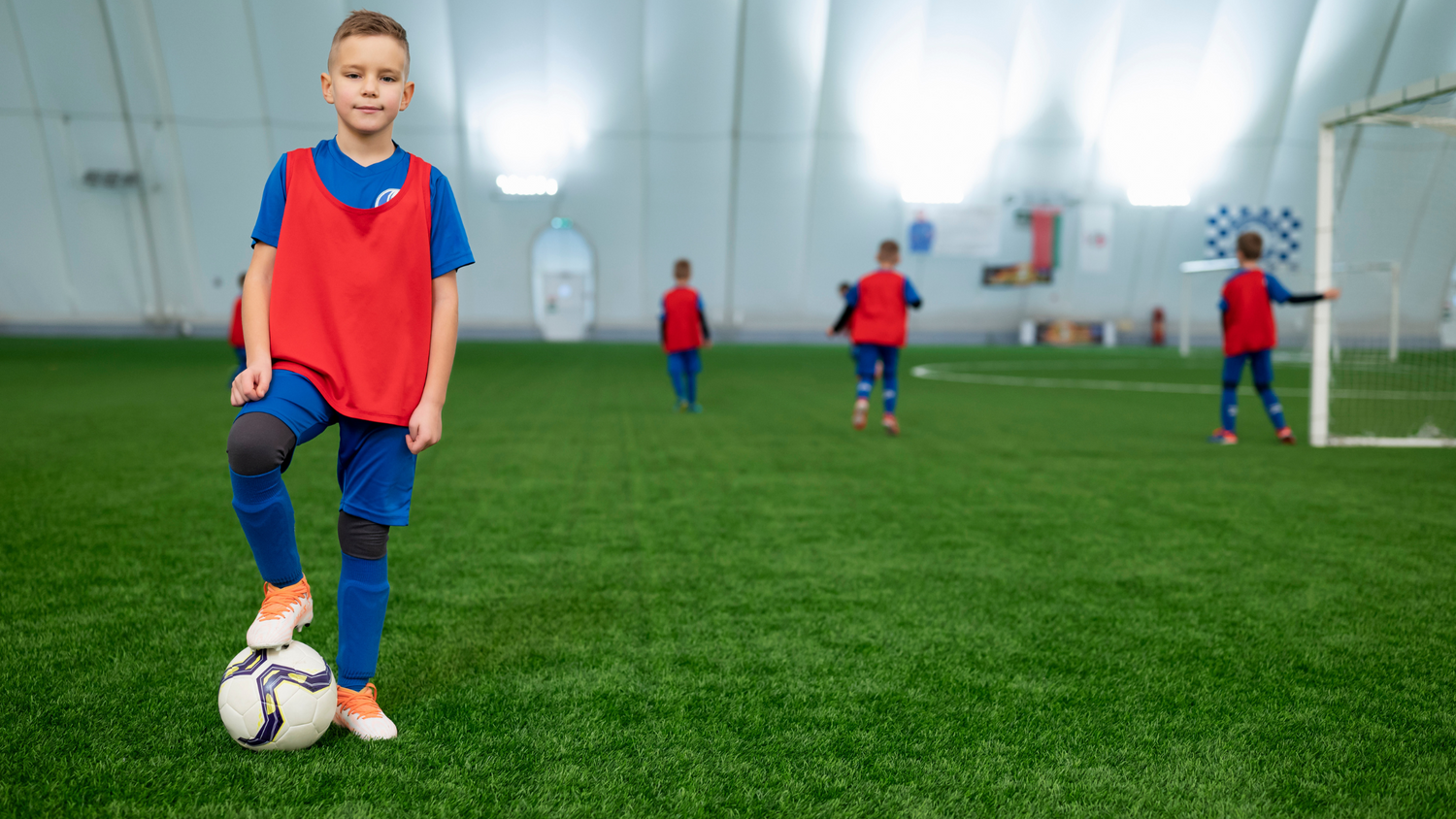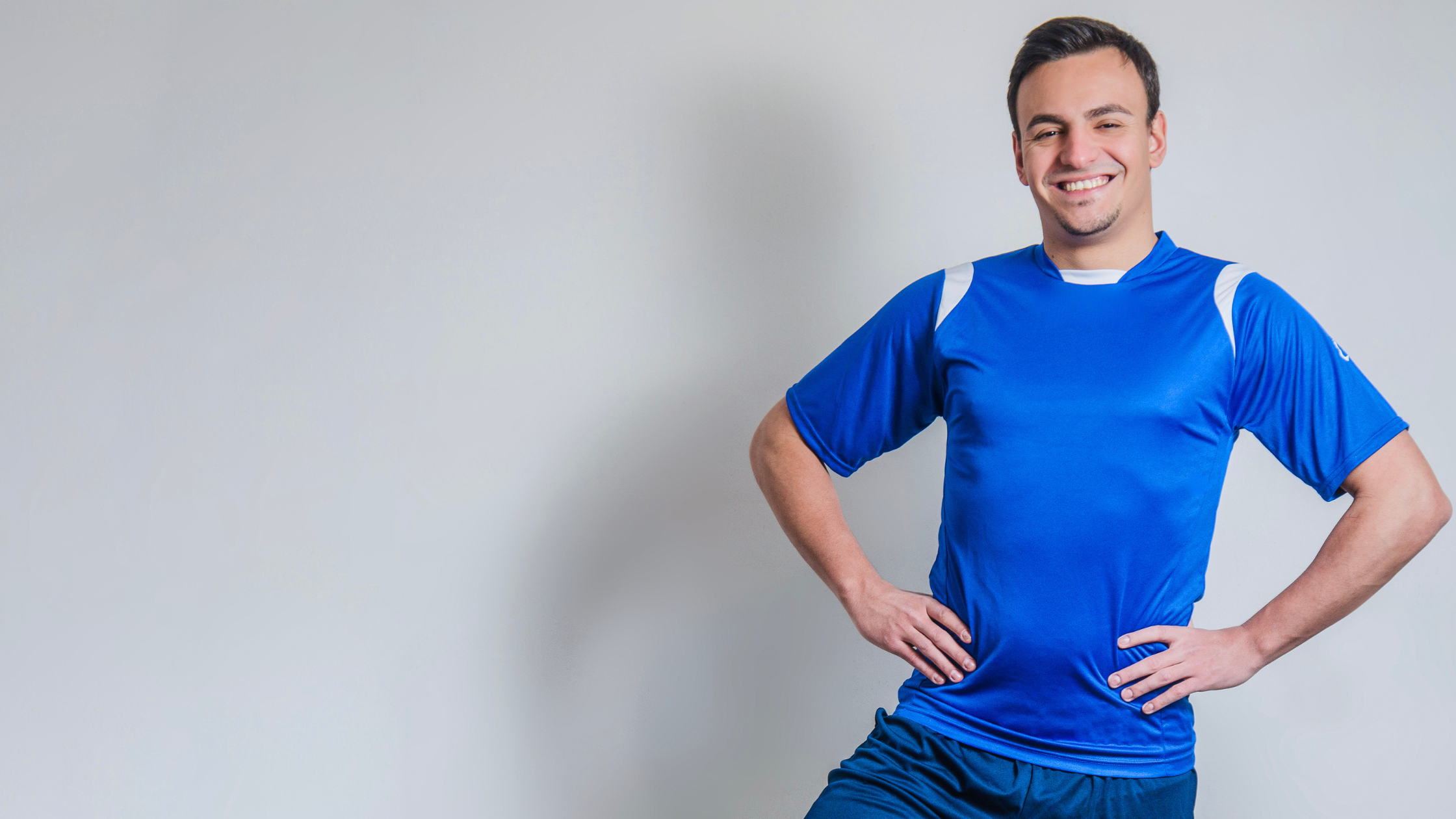Soccer is a beloved sport for children worldwide. It hardly comes as a surprise, as the game encourages teamwork, discipline, and physical health. When giving kids the best shot at success on the pitch, selecting the right pair of soccer cleats can be a game-changer.
Parents often find themselves overwhelmed with choices, but choosing wisely ensures performance, safety, comfort, and confidence. Here are the key factors to consider when buying youth soccer shoes, with practical tips to aid the decision-making process.
1. Understand the Playing Surface
One of the first things to consider when purchasing soccer cleats is the type of surface your child will be playing on. Soccer fields vary widely, from natural grass to artificial turf and indoor courts. Each surface demands a specific type of cleat design to optimize performance and reduce the risk of injury.
- Grass Fields: Traditional grass pitches call for youth soccer cleats with firm ground (FG) studs that provide superior grip and stability.
- Artificial Turf: For turf surfaces, opt for turf-specific cleats with numerous smaller rubber studs, allowing better traction without damaging the field.
- Indoor Soccer: If your child participates in indoor soccer, lightweight soccer shoes with a flat rubber sole are ideal for providing grip on slick surfaces.
Matching the cleats to the playing environment ensures a better playing experience and prevents slips, falls, and discomfort.
2. Focus on Comfort and Fit
Soccer is a game of speed, agility, and precision, and ill-fitting kids' soccer cleats can significantly hinder performance. When selecting youth soccer shoes, prioritize fit and comfort. Here are some key pointers:
- Sizing: Make sure the shoe fits snugly without being too tight. Your child's toes should have a little wiggle room but should not slide inside the shoe.
- Break-In Time: While many cleats require some breaking-in, excessively rigid materials can lead to blisters. Look for shoes with a softer lining that adapts to the foot over time.
- Cushioning: Proper padding around the heel and ankle area can reduce impact and prevent injuries, especially for children prone to developing pains.
The fit can make all the difference between a happy player giving their all and a reluctant child hobbling across the pitch. Therefore, take your time to get this right.
3. Material Matters
The material of cleats plays a major role in their durability, performance, and comfort. Here are common materials to choose from:
- Leather: Traditional leather offers a comfortable fit that molds to the foot. While these cleats are more expensive, they provide excellent ball control and a premium feel. However, they are not as lightweight as some modern options and may require more maintenance.
- Synthetic Materials: Lightweight soccer shoes made with synthetic materials are popular for their low weight and water resistance. They’re often more affordable, easy to clean, and offer a range of designs to suit style-conscious young players.
- Hybrid Options: Many cleats today combine leather and synthetic elements for a balance of comfort, control, and weight reduction.
Consider your child’s preferences and needs. If they are serious about soccer, investing in a high-quality pair that matches their playing style can be worth the investment.
4. Weight of the Cleats
Children constantly move, pivot, and sprint on the soccer field, making lightweight soccer cleats essential. The weight of cleats can impact speed and agility, so it’s worth considering this factor when making your choice. Heavy shoes may slow players down and tire them out faster, while lightweight options enable quick changes of direction and bursts of speed.
However, do not compromise on support and durability for the sake of weight alone. Striking the right balance is crucial. If necessary, discuss this with your child’s coach; they often have valuable insights about choosing cleats that best suit individual play styles.
5. Choosing the Right Stud Configuration
Stud configuration affects grip, movement, and performance. Here are common types to consider:
- Bladed Studs: These studs provide excellent traction and allow for quicker bursts of speed. However, they may cause stress on young joints, especially on hard surfaces.
- Conical Studs: Preferred by many, conical studs offer greater rotational freedom and reduce the risk of injury. They work well for most youth soccer players, enhancing stability without compromising movement.
- Mixed Studs: Some youth soccer cleats combine bladed and conical studs for a mix of stability and grip.
Assessing stud configuration ensures that your child has the grip they need without putting undue strain on their growing feet.
6. Budget vs. Durability
While it's tempting to go for the fanciest pair of cleats, it's essential to consider the rate at which kids outgrow their shoes. Soccer shoes can be an investment, but choosing cleats that strike the right balance between durability and price is important.
- Entry-Level Cleats: Affordable options are available for children who are just starting out or playing recreationally. These usually use synthetic materials, offering a mix of durability and comfort without breaking the bank.
- High-End Cleats: If your child is serious about soccer and participates in competitive leagues, a high-quality pair of cleats with advanced features may be worth the investment.
7. Style and Personal Preference
Children, like adults, have their tastes and styles, even regarding their sports gear. The appearance of kids' soccer cleats can impact how a child feels about playing. A flashy pair with bright colors may help motivate your child, while others may prefer a classic, low-profile design.
While style shouldn't trump factors like fit and function, ensuring your child feels good about their cleats can go a long way in boosting morale and confidence.
8. Replace When Necessary
It's crucial to know when to replace youth soccer shoes. Signs like excessive wear, discomfort, or a sudden performance drop indicate that it's time for new cleats. Additionally, as children grow quickly, frequent size checks ensure that their cleats remain snug and effective.
Closing Thoughts: Choose Wisely, Play Smart
Selecting the right youth soccer cleats is a decision that blends practicality, performance, and personal preference. Prioritize comfort, fit, and the appropriate stud configuration while keeping in mind the type of playing surface and material durability.
Balancing weight and support can help your child stay swift and agile on the field. Take the time to find lightweight soccer shoes that cater to your young athlete's needs, and you’ll watch them thrive in every match.



